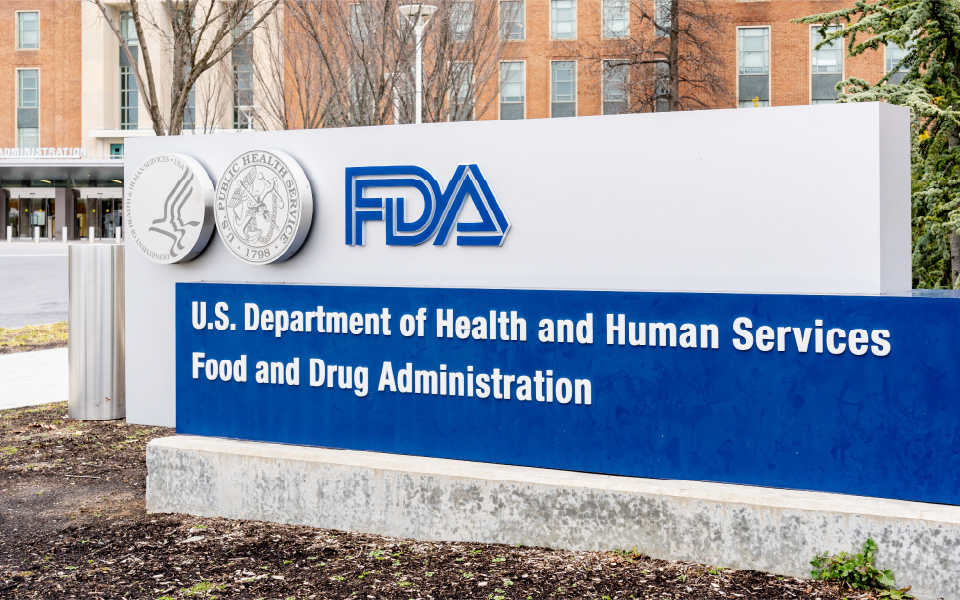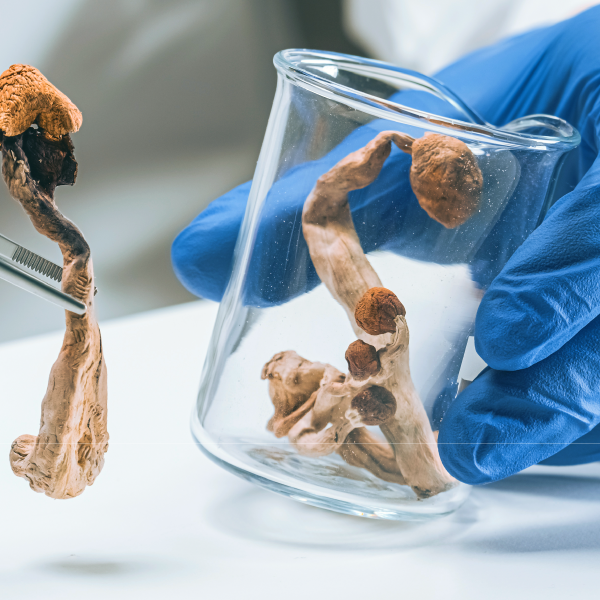New FDA Guidance to Support Ultra-Rare Disease Drug Development

Antisense oligonucleotide (ASO) drug products target a specific sense mRNA to modulate gene expression in living cells and have been used successfully to treat diseases where the pathogenic mutation has been identified.
For patients with an ultra-rare genetic disease, development of an individualized ASO drug product tailored to that patient’s specific genetic variant may be the only viable therapeutic option.
One hurdle to the development of such drugs for very small patient populations, which may consist of only 1 or 2 identified patients, has been the lack of a clear regulatory pathway.
The FDA’s newest recommendations on clinical and CMC considerations for Investigational New Drug (IND) applications for the development of individualized ASO drug products for severely debilitating or life-threatening diseases join ASO guidance from earlier last year to further clarify the regulatory pathway for diseases identified in very few patients.
These guidances will help establish a functional regulatory environment by providing clear administrative and procedural, preclinical, manufacturing, and clinical regulatory guidance to support ongoing efforts to discover and develop these life-changing treatments for ultra-rare patient populations.
See a list of recent FDA ultra-rare disease recommendations and guidance for individualized antisense oligonucleotide drug products intended to treat severely debilitating or life-threatening genetic disease:
This draft guidance outlines the administrative and procedural aspects of interacting with FDA on development programs for individualized ASO drug products.
This draft guidance outlines the nonclinical information the FDA recommends to support an IND application for an individualized ASO drug product.
This draft guidance outlines the clinical considerations for an IND submissions to support the initial and continued administration, dosing, and clinical monitoring of an individual with an individualized ASO drug product.
This draft guidance outlines the recommendations regarding the CMC information to support an IND application for an individualized ASO drug.
by Dr. Amanda Beaster, Senior Manager of Regulatory Strategy
MMS Support for Ultra-Rare Disease
In addition to our extensive experience across various rare disease indications, MMS launched a pro-bono support program aimed at advancing research for rare diseases. Within this program, MMS will select from patient advocacy groups to provide complimentary regulatory assistance.
To apply for support, complete and send an application to the attention of the “Ultra-rare disease Assistance Program” by emailing media@mmsholdings.com. For details on MMS rare disease expertise, visit https://www.mmsholdings.com/rare-disease/.
Suggested For You

perspectives
May 21st, 2024
Psychedelics and Regulatory Considerations Part II: A Shift in Lexicon and Implications of “Nonmedical Use” On Labelling

perspectives
May 10th, 2024
Psychedelics in Drug Development and Regulatory Considerations Part I: Benefit-Risk

perspectives
November 11th, 2023
The Silent Battle: Exploring PTSD Treatments and Psychedelic Research in Veteran Care

perspectives
October 26th, 2023
Psychedelic Drug Development is Here: What You Need to Know

perspectives
February 24th, 2023
Orphan Drug Designations in the EU: Recent Rare Disease Treatment Updates

perspectives
September 15th, 2021
Challenges of Rare Disease Drug Development Programs

perspectives
June 13th, 2019
Developing Treatments for Rare Diseases – Reviewing Recent FDA Draft Guidances

perspectives
June 27th, 2017
Alzheimer’s Awareness and the Future of Clinical Development: Face the Scope and Don’t Lose Hope

perspectives
November 16th, 2023
New Investigator Updates and the Need to Keep Your Clinical Study Protocol Up-to-Date

perspectives
August 24th, 2023
“D” is for Discipline: Everything You Need to Know About FDA's Type D Meetings

perspectives
August 2nd, 2023
Single-Arm Trials and Drug Approval in the European Union (EU)

perspectives
June 6th, 2023
5 Reasons to Get Excited About the FDA DSUR Format